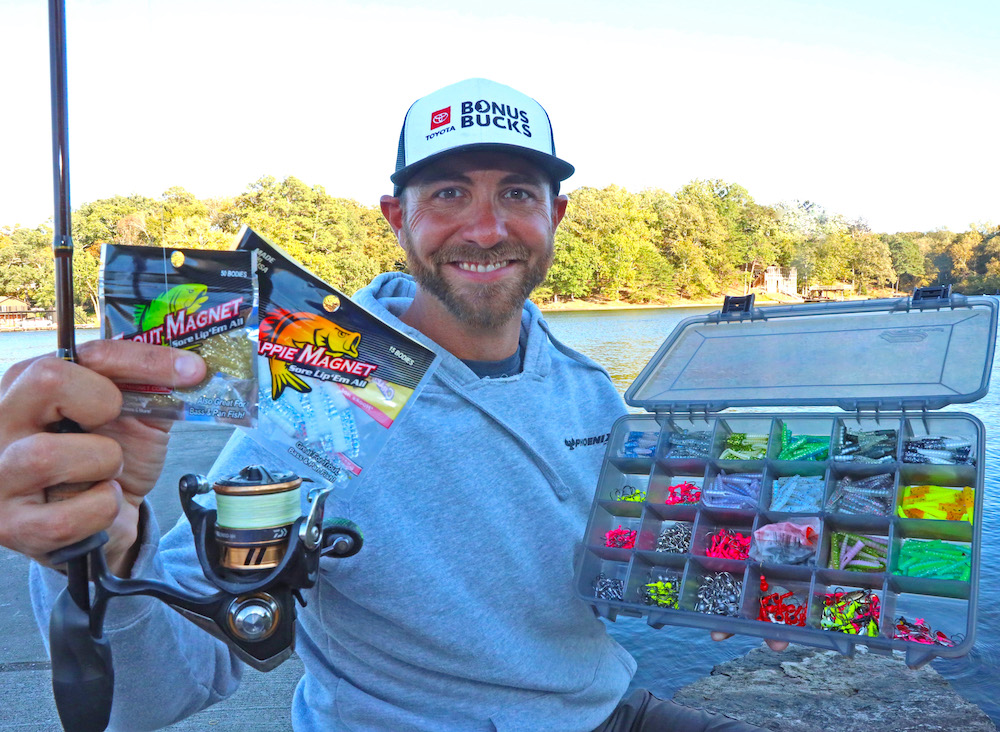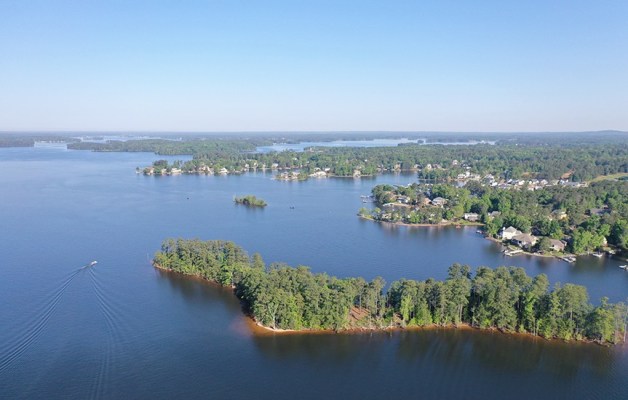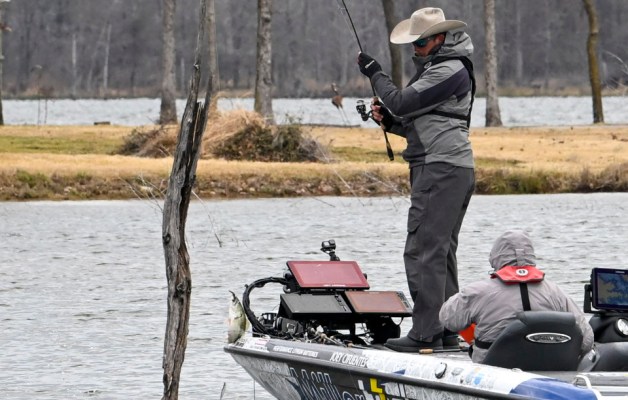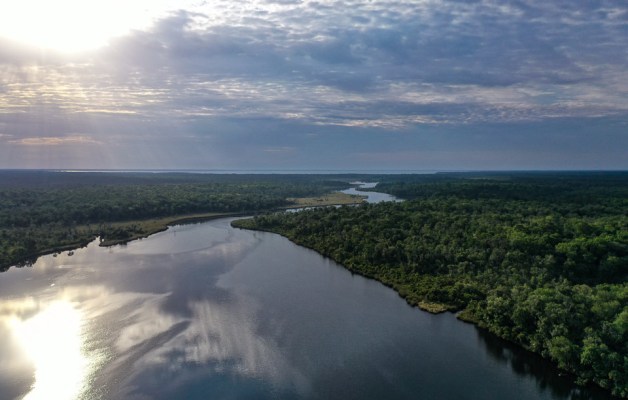
The highly likeable Brandon Lester will be quick to admit his wife, Kim, is a far bigger football fan than he is. So, don’t expect the Team Toyota pro to turn into a Southeastern Conference couch potato as games become increasingly more meaningful down the homestretch.
Instead you’ll find him in the deer woods, or equally as likely, chasing down the cold-water crappie he’s developed an absolute passion for pursuing.
“I grew up crappie fishing, but my fascination with them has only increased because chasing crappie in the offseason has taught me so much about fish behavior that it’s helped me become a better bass fisherman,” says Lester.
“Plus, I’ve noticed that any time I post an instructional crappie fishing video on my YouTube channel, Brandon Lester Fishing, it’s received really well. So, there’s obviously a lot of folks who want to learn more about catching crappie based on the popularity of my YouTube posts,” he adds.
While walking through the woods tracking a deer recently, Lester shared his basic approach to winning days on the water for those interested in jigging up the genus Pomoxis with the same satisfying success he often experiences.
Where to look
November, December and January are generally a time of low lake levels which concentrates this naturally schooling species in even larger tighter groups around brush. Lester says the best place to find crappie near brushpiles is on long tapering points in 12 to 18 feet of water, or in brush that boat dock owners have submerged.
“The boat docks near or over deeper water are typically best. So look for docks on creek channel swings, or close to the main river channel, and know that no dock is too deep because the crappie will be suspended in brush that’s hanging by a rope from the dock, or suspended in the shadows and shade the dock creates,” he explains.
Tackle choices
Lester passes on panfish size reels in favor of the same 2500 size spinning reels he uses as a pro bass angler, because he feels they cast more accurately, and offer far faster line pickup than tiny reels do.
He uses a 6-foot, 6-inch light action Mustad Detector Rod and spools up with 5-pound Vicious Peanfish Braid with a 6-foot long leader made of 4-pound fluorocarbon.
His No. 1 bait day-in-day-out is a 1.5-inch Crappie Magnet, on a 1/16-ounce Crappie Magnet jighead built with a razor-sharp Mustad hook, but on days when the bite is super finicky, he reaches for the even smaller Trout Magnet rigged on a 1/64-ounce jighead, to which he places a #5 split shot a few inches up the line.
Colors matter to crappie
“Not only does the color of your plastic lure matter to crappie, but so does the color of the jighead,” insists Lester. “I truly believe that red and pink jigheads outshine all the other colors in cold water.”
Of course, he opts for more naturalistic baitfish colors of soft plastic in clear water and says chartreuse is still tough to beat in dingy water.
Speaking of colors, when it comes to cooking up this super-popular species for the dinner table, his bride is a bit of a fitness nut, so she likes hers blackened, while he prefers that famous hue of delicious golden brown straight from the hot grease. Of course, you’ll probably find Kim wearing Tennessee Vols orange, while savoring her hubby’s recent cold-water catches.





